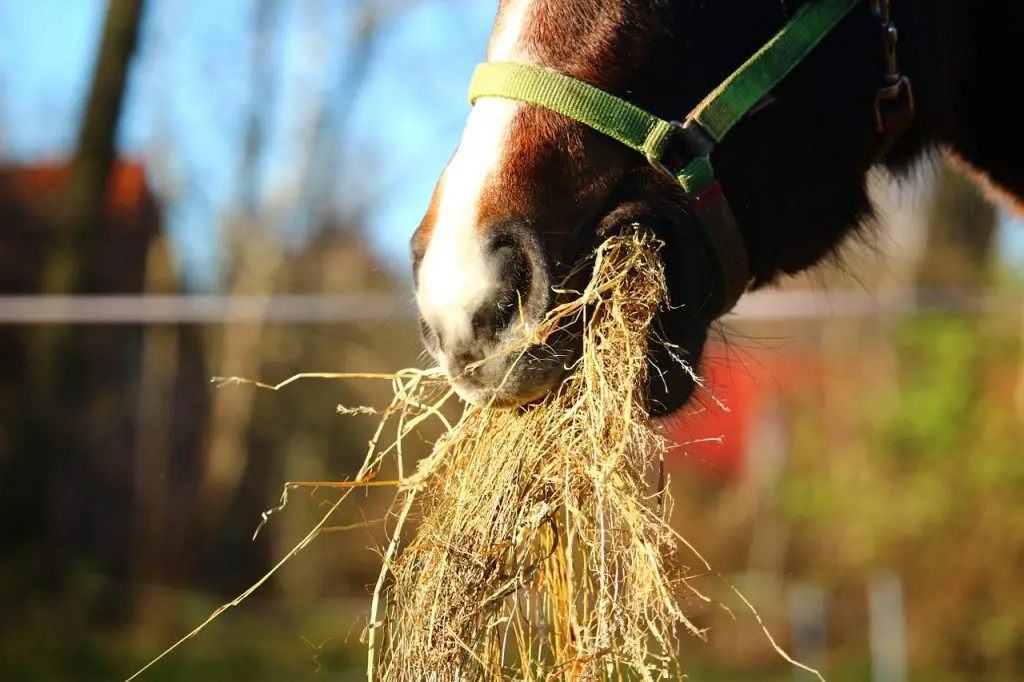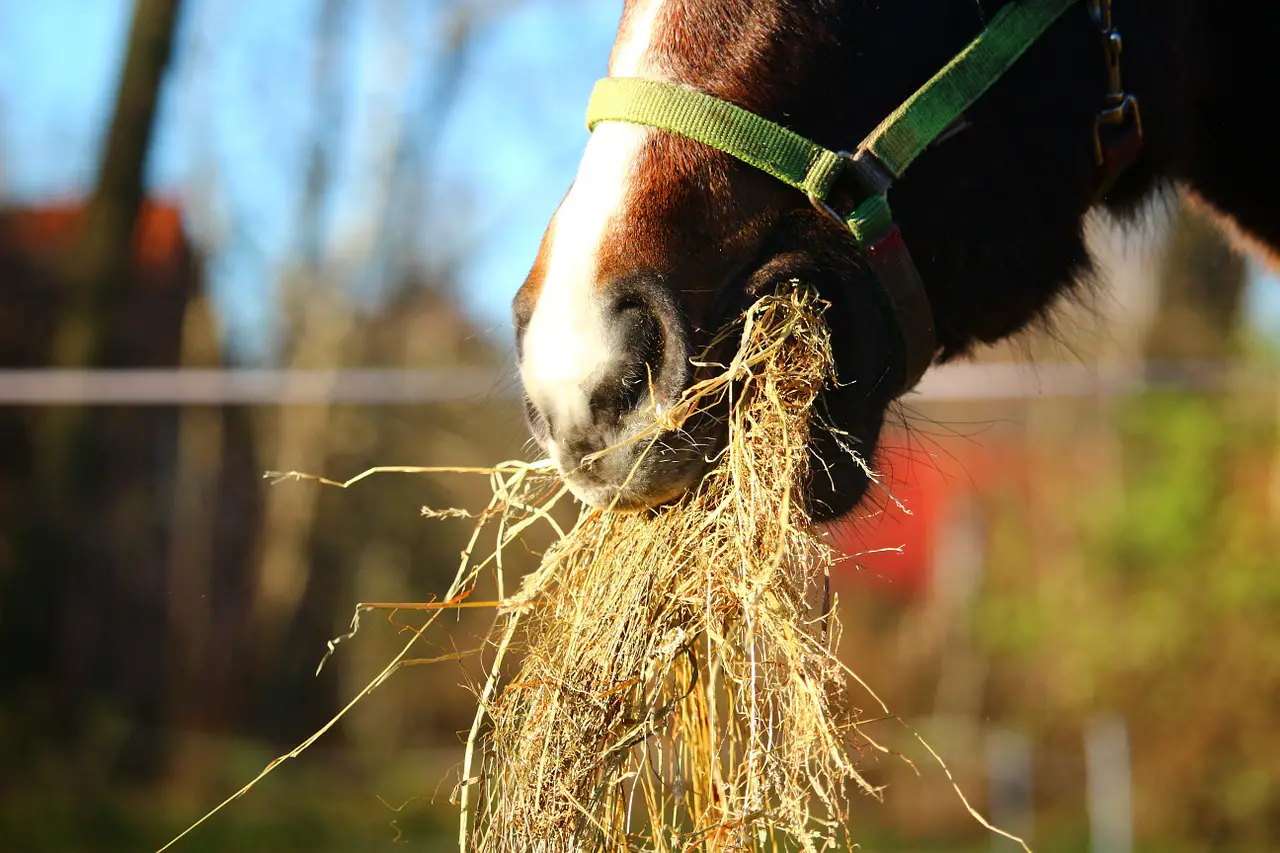Last Updated on February 21, 2022 by Allison Price
Hay’s suitability for horses is greatly affected by the way it is stored and cured.
Moisture content is the key to properly cured Hay. To achieve the best results, hay should be baled with less than 20% moisture. Hay that is too wet can mold and heat, as well as pose a fire hazard. Hay that is too dry can lose its nutritional value due to broken or fallen leaves. Rain can be a major problem for hay harvesters and cause significant nutrient loss, particularly to vitamins A, E, protein and certain carbohydrate.
Although the color of the hay is not the only way to determine the quality of the hay, it is an indicator of its nutritional value.

Bright green. The hay has not been stored in adverse conditions, which indicates that it is healthy and free from molds. Carotene is a precursor of vitamin A and Vitamin E, which can be found in green hay.
Yellow. Hay that is yellow indicates that it has been over-matured or exposed to rain during curing. It is more susceptible to mold proliferation and leaching nutrients if the hay has been soaked in water. This can lead to respiratory problems like colic, coughing, and heaves. Sun-bleaching is another reason for yellowing. This happens when stored hay is exposed directly to the sun. Sun-bleaching reduces carotene and the palatability of discolored hay. Most sun damage is limited to the bales’ exterior, so most of the bales are likely salvageable.
Dark brown. Nutritious Hay is rarely, if at all, ever dark brown. A tobacco-like smell may be caused by hay that is extremely off-colored. This could be due to excessive moisture or fungal growth, as well as overheating during storage. Low-quality brown hay has a poor palatability. This hay is not recommended for horses because of its predisposition towards mold and unpalatability.
Horses do not require bright green, high-nutrient hay. Equine nutritionists insist that forage selection should be made based on each horse’s individual needs. A pony that is overweight does not have to be knee-deep in fluorescent alfalfa (lucerne), for at least two-thirds of her day. A thin lactating mare will need more meadow grass than last year to keep her milking.
Other factors can also impact hay quality, including the type of hay (grasses or legumes), stage in maturity, leaf-to–stem ratio and presence of mold, foreign material, and other materials.
Are you interested in talking to a nutritionist about the forage requirements of your horse? Kentucky Equine Research (KER), can assist you. Have a conversation.
Nano*E (r) is an effective water-soluble, naturally-sourced liquid vitamin E antioxidant for horses in a unique and readily bioavailable form. Vitamin E is an important component of the body’s antioxidant defenses. It plays a crucial role in immune, cardiovascular and neuromuscular functions, as well as reproductive functions. To ensure that your horse receives the required vitamin E, you can give Nano*E.


